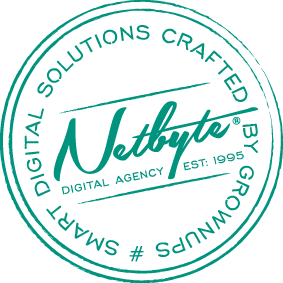We were introduced to the Auckland Zoo’s Friends of the Zoo (FOTZ) programme in 2007. The FOTZ annual passes give members unlimited entry to Auckland Zoo and the opportunity to be the first to know what is new with the animals and keepers.
The FOTZ initiative was well received and supported by the public, however at the time its success was impeded by three problems:
Time consuming:
Issuing a pass required several steps including taking a photo of each applicant, entering names into two computer systems, peeling off a pre-printed barcode and cutting out and laminating a Polaroid photo. It was a cumbersome process, and with so many steps, prone to error.
Membership churn:
FOTZ suffered from the same loss of members at the end of the subscription period as most other programmes. The membership churn was high due to members being unaware that their membership was ending. The Zoo sent out reminder postcards, however if these failed to reach the right recipient in time, memberships often lapsed. In addition, records were hard to keep up do date and staff rarely had the time to follow-up.
Lack of data:
The programme could not record member visits, the duration of each visit or what they did when they were at the Zoo. This is all invaluable data for improvement.
We suggested developing a digital membership application that would create membership passes, and track and analyse how these were being used - it was implemented in 2007 with impressive results:
Signing new members to FOTZ is much faster and more efficient. The Zoo is now capable of managing up to 400 new memberships per day.
Email notifications are sent to members notifying them when their membership is about to expire. This has significantly reduced membership churn. At the end of the second year, data showed that using well-structured and timed emails doubled the retention rate year-on-year - and this rate has continued.
By using barcode scanners at the gate and extracting reports from the system, Zoo staff now have a clearer picture of FOTZ members - what they do at the Zoo, when they use the facilities and how well they respond to targeted marketing initiatives. Over time, this will enable the Zoo to build valuable profiles of the events members prefer to participate in.





